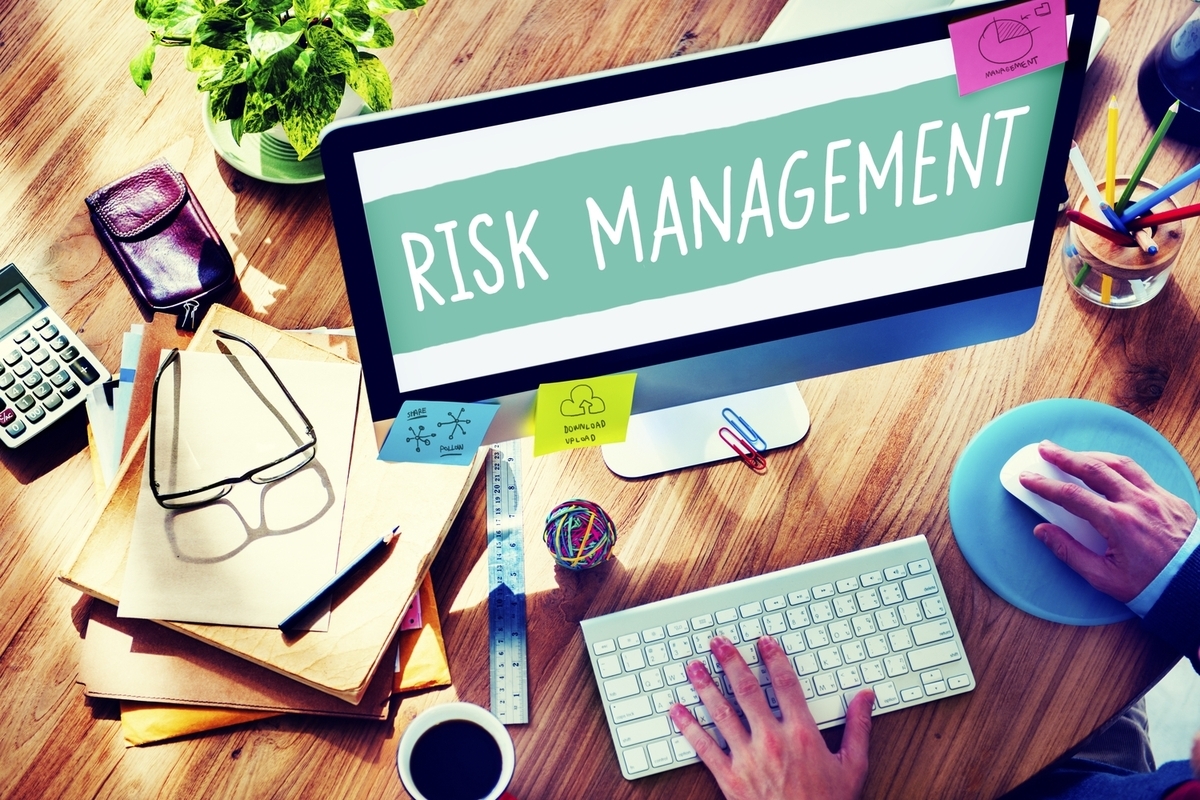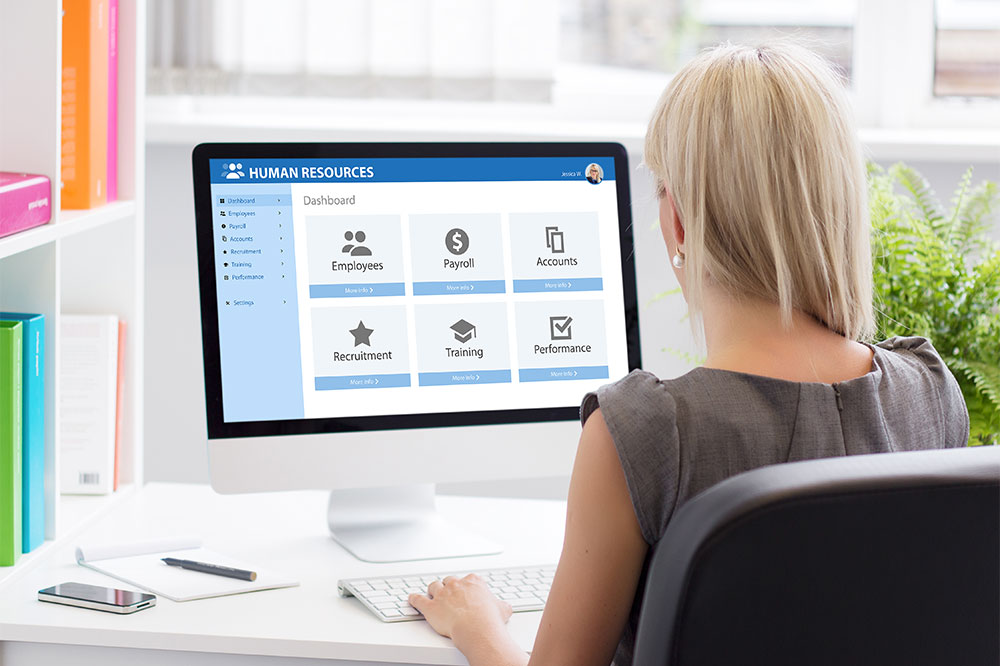Ultimate Guide to Effective Risk Management Solutions for Modern Businesses
This comprehensive article explores the importance of risk management software for modern businesses. It details key features, benefits, and tips for choosing the right solutions to enhance organizational resilience. Emphasizing automation and real-time insights, it guides companies on safeguarding assets, ensuring compliance, and improving decision-making in complex risk environments.

Ultimate Guide to Effective Risk Management Solutions for Modern Businesses
In today’s rapidly evolving business landscape, organizations face a multitude of risks that can threaten their stability, profitability, and long-term growth. From cyber threats and regulatory compliance issues to operational disruptions and market volatility, managing these risks proactively is critical for sustained success. This comprehensive guide explores the vital importance of risk management software, its core features, benefits, and key considerations for selecting the most suitable solutions to safeguard your enterprise.
The Critical Role of Risk Management in Contemporary Business
Risk management is a systematic approach to identifying, analyzing, and addressing potential threats before they manifest into serious problems. Effective risk management enables companies to not only prevent losses but also to seize opportunities with confidence. By implementing robust risk mitigation strategies, organizations can ensure continuous operations, stay compliant with ever-changing regulations, and protect their resources and reputation in a highly competitive environment.
What is Risk Management Software?
Risk management software serves as a centralized platform that automates the detection, assessment, and mitigation of risks within organizations. By integrating seamlessly with existing business systems, this software provides real-time insights, detailed analytics, and comprehensive reports, equipping decision-makers with the tools they need to manage risks proactively. Automation not only accelerates risk response times but also enhances accuracy and consistency across departments.
Key Features of Advanced Risk Management Software
1. Risk Identification
Modern tools leverage extensive risk databases, templates, checklists, and AI-driven analysis to uncover vulnerabilities arising from internal processes, external market forces, technology gaps, or human factors.
2. Risk Assessment and Prioritization
Using sophisticated metrics and modeling techniques, the software evaluates the severity and probability of each risk, enabling organizations to prioritize critical issues that require immediate action.
3. Development of Mitigation Strategies
The platform helps teams formulate effective action plans, allocate necessary resources, and foster collaboration across departments for comprehensive risk responses.
4. Real-Time Monitoring and Data Visualization
Interactive dashboards display current risk statuses, emerging trends, and potential impact, allowing teams to respond swiftly. Customizable reports and visual tools simplify complex data interpretation for stakeholders.
5. Seamless System Integration
Risk management solutions connect effortlessly with enterprise resource planning (ERP), customer relationship management (CRM), and compliance systems, creating an integrated approach to organizational risk management.
6. Ensuring Regulatory Compliance
Modules designed to support compliance monitor adherence to industry standards, automate alerts for regulatory changes, and maintain audit trails, thereby minimizing legal and financial penalties.
7. Incident Management and Root Cause Analysis
Organizations can log risk incidents, analyze causes, and implement corrective measures. This continuous feedback loop helps prevent recurrence and enhances overall resilience.
Advantages of Implementing Risk Management Software
Enhanced Decision-Making Capabilities: Real-time risk insights empower leaders to make informed choices quickly.
Operational Efficiency Improvement: Automation reduces manual efforts, minimizes errors, and allows focus on strategic initiatives.
Compliance and Legal Safety: Simplifies adherence to regulatory requirements, reducing legal exposure.
Cost Savings: Mitigating risks early limits financial losses and enhances resource optimization.
Reputation Management: Consistent risk mitigation sustains trust with clients, partners, and regulators.
How to Select the Right Risk Management Solution
Scalability: Choose software that can scale with your organization’s growth and complexity.
Customization: Ensure the platform aligns with your specific risk profiles and industry needs.
User-Friendly Interface: Prioritize solutions that are easy to use to facilitate widespread adoption among staff.
Vendor Support and Training: Opt for vendors offering comprehensive support, regular updates, and training resources.
Cost-Efficiency: Analyze total ownership costs, including licensing, implementation, and ongoing maintenance.
In an era marked by uncertainty and rapidly changing risks, organizations must adopt intelligent solutions that automate, streamline, and enhance their risk management processes. Carefully selecting the right risk management software ensures that your organization remains resilient, compliant, and ready to capitalize on opportunities despite challenges. Implementing effective risk management strategies is not just a necessity but a strategic advantage in today's competitive landscape, helping your business to thrive long-term.





